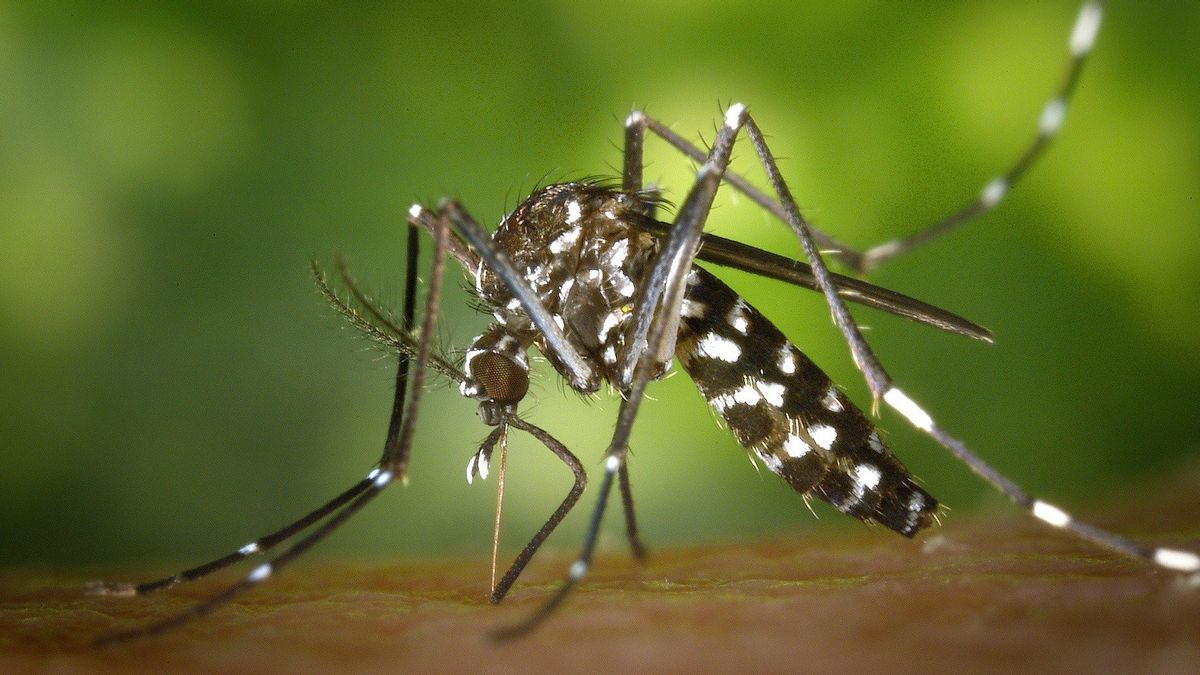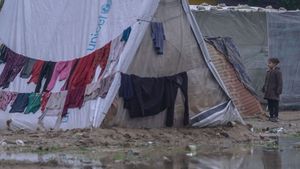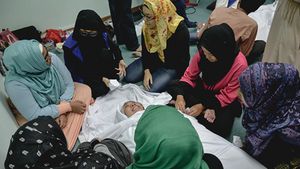JAKARTA - Apart from COVID-19, another challenge in handling other diseases is dengue hemorrhagic fever (DBD). This is because the disease caused by the bite of the Aedes aegypti mosquito is a new challenge in the middle of this virus.
The Health Ministry's Director of Vector Infectious and Zoonotic Disease Prevention and Control, Siti Nadia Tarmizi, explained that there were three new challenges in controlling dengue fever since COVID-19 hit last March.
First, the activity of larva monitors (jumantik) to check mosquito larvae in each resident's house is constrained by the obligation to implement COVID-19 prevention protocols such as maintaining physical distancing.
Second, many buildings such as offices, hotels and schools are not occupied. This results in the building conditions being damp and inviting mosquitoes to nest.
"Because we implement the policy of working and studying from home for 3 months, automatically a lot of buildings are left behind, including hotels, schools, prayer rooms and places of worship. This is our challenge," said Siti in a discussion at Graha BNPB, East Jakarta, Monday, June 22.
Third, the community must independently inspect mosquito larvae and carry out 3M plus treatment without any officers visiting their respective homes. You do this, closing the water storage area, draining the tub, and recycling used goods.
"Plus, the pluses are like using lotion, then covering the house with mosquito netting, there are still many of our people whose houses are not covered with mosquito netting. Even though mosquito gauze doesn't have to be expensive. It's quite like a net," he said.
From the beginning of the year until today, the number of dengue fever has reached more than 68 thousand cases throughout Indonesia. The areas with the highest DHF disease are in the provinces of West Java, Lampung, NTT, East Java, Central Java, Jogjakarta, and South Sulawesi.
"We know that this area is also an area with a high number of COVID cases," said Siti.
Dengue fever can also lead to death. Currently, the DHF mortality rate has reached 346. Provinces with the highest cases of DHF deaths are in West Java, Central Java and East Java.
Recognize the symptomsSiti said, currently dengue fever is most common in adolescents. Many teenagers come to the hospital when their symptoms are critical. They are mostly dehydrated from food and drinks that are often vomited up.
"They don't drink, they become more dehydrated, weak, then sleep all day. Moreover, there is no one who reminds them of those who are alone alone," said Siti.
Furthermore, dengue mosquitoes usually roam around and bite humans in the morning and evening. In the morning at 10.00-12.00 WIB, while in the afternoon at 16.00-17.00 WIB. The characteristics of the Aedes aegypti mosquito can be seen from its black and white striped legs.
When attacked by mosquitoes, people usually have a high fever for several days, at 39 to 40 degrees Celsius. Then, the face looks red, pain in the head and back of the eyes, and vomiting. After that, there is a critical phase that usually comes on the third day, namely the leakage of blood vessels.
"If for example a blood vessel leaks, the fluid comes out, surely the blood flow to the brain is reduced. She will feel weak, sleep all day. It is difficult to eat and drink so that she wants to vomit, keeps getting more dehydrated, and doesn't urinate for more than 4-6 hours. , "explained Siti.
"This is a warning sign that parents should be aware of. If a family has symptoms of warning science, take it to the hospital immediately," he added.
The English, Chinese, Japanese, Arabic, and French versions are automatically generated by the AI. So there may still be inaccuracies in translating, please always see Indonesian as our main language. (system supported by DigitalSiber.id)











